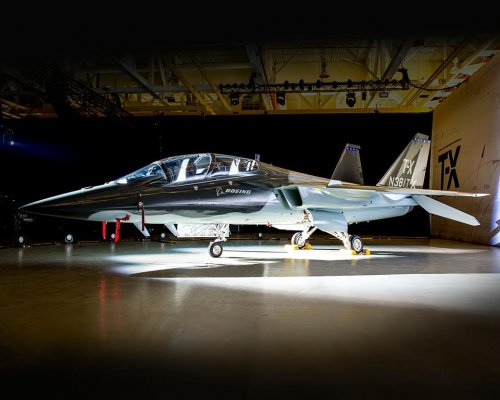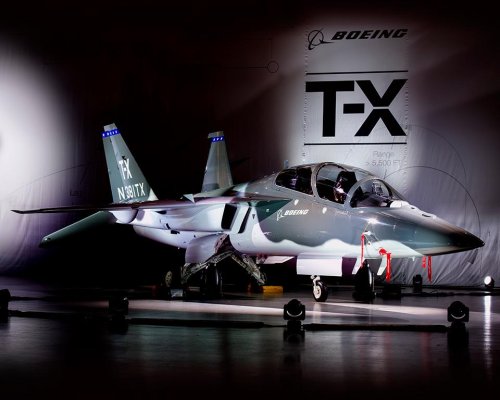NeilChapman
Interested 3rd party
- Joined
- 14 December 2015
- Messages
- 1,317
- Reaction score
- 547
KoV said:The shape you can see in the video
That's interesting. Why would you build a twin engine jet when operational costs are such an important part of the equation?








